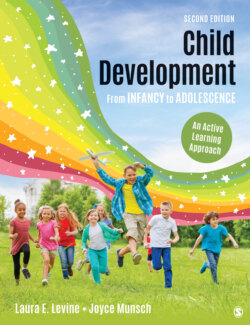Читать книгу Child Development From Infancy to Adolescence - Laura E. Levine - Страница 73
На сайте Литреса книга снята с продажи.
Socioeconomic Status
ОглавлениеSome families have more resources than others and these differences affect children’s development. Socioeconomic status (SES) is an indication of the social standing of an individual or group based on a combined measure of income, education, and occupation (American Psychological Association [APA], 2017c). Differences in socioeconomic status are often associated with inequities in access to resources in a society, and these inequities, in turn, can have a negative impact on the lives of children and families (APA, 2017c). This process begins even before a child is born when low SES parents have less access to good nutrition and prenatal care. Consequently, their babies are more likely to be born prematurely or at low birth weight, leaving the child more vulnerable to long-term health problems and possible limits on the child’s ability to learn. Families with fewer financial resources often live in neighborhoods that are both unhealthy and unsafe and have schools that offer students fewer opportunities to learn and achieve. Finally, families with few resources are more likely to experience highly stressful life events, such as loss of income, relocation, divorce and separation, and violence (APA, 2017c). Despite these economic disadvantages, we point out to you throughout the book that many children are able to overcome these challenges and lead healthy, happy, and productive lives (see for example Ellis, Bianchi, Griskevicius, & Frankenhuis, 2017; Luthar & Eisenberg, 2017; Masten, 2014; Mayo & Siraj, 2015; Ratcliffe & Kalish, 2017), but as a society we have an essential stake in “leveling the playing field” so that every child has the chance to reach their full potential.
Socioeconomic status (SES): The social standing of an individual or group based on a combined measure of income, education, and occupation.
